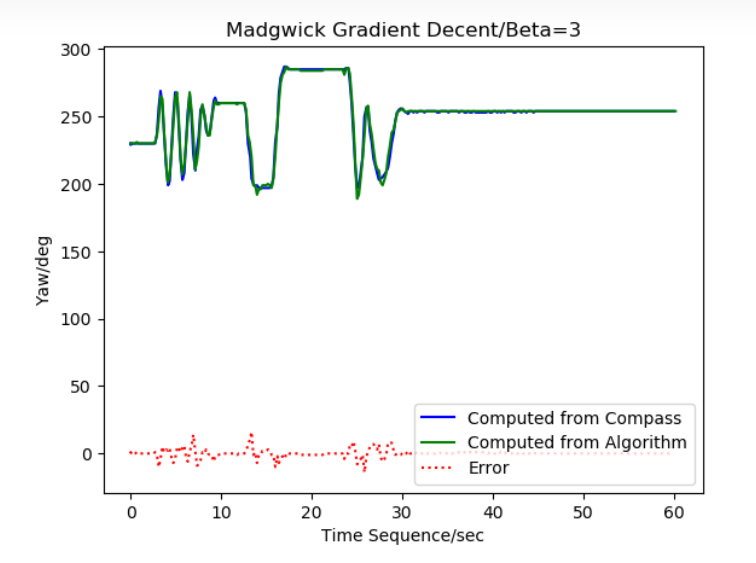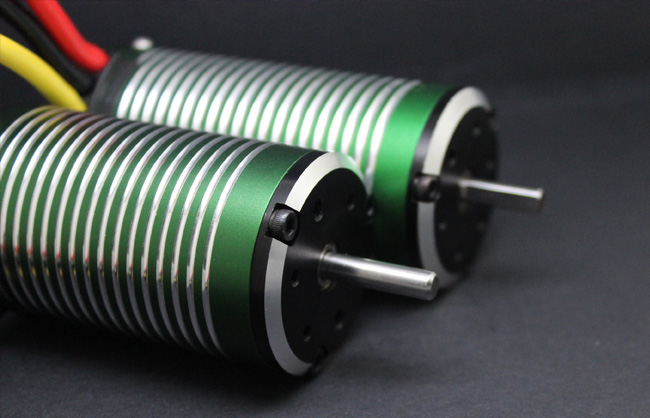INDUSTRY NEWS
Principles of ROV navigation technology and its applications
ROVs are unmanned remotely operated vehicles (ROVs) that can replace human hands in harsh underwater conditions to carry out observation, detection and construction work, and are used in pipeline exploration, marine research, engineering monitoring and military applications. It is widely used in pipeline exploration, marine research, engineering monitoring and military applications.
The ROV navigation technology is a necessary prerequisite for all operations, utilising advanced sensor technology and remote control technology, with the advantages of strong environmental adaptability, easy operation and recovery, and high efficiency.
The ROV navigation system consists of an above-water control system and an underwater submersible. The control system consists of a mainframe, a control system, a display system, a positioning system and an underwater connection and retrieval system, which is the uploading and storage centre for all data and the issuing end of all operational instructions. The submersible consists of a high strength pressure resistant housing, power unit, detection and identification, positioning and navigation, communication and control system. The power unit is connected to the water through a cable, which allows for all-weather uninterrupted operation, while a variety of instruments on board collect and transmit data, and the water centre conducts remote control to realise real-time control of the submersible's status, facilitating real-time survey operations, decision-making responses and better co-ordination capabilities.
The earliest ROV development and research can be traced back to the 1950s, and the world's first ROV was successfully developed in 1960.
Underwater robots carry cameras, sonar and mechanical equipment with functions such as underwater camera, parameter measurement and equipment installation and repair, which are widely used in industries such as underwater search, inspection and salvage and rescue, and can solve many aspects of failure such as cleaning, rust removal and painting of parts below the waterline of ships, welding, cutting or replacement of faulty parts of steel plates, and repair or replacement of underwater devices. The offshore oil extraction and gas industry, underwater projects are generally set up in offshore areas, the laying, connection and maintenance of underwater pipelines are inseparable from the ROV navigation technology, the confirmation of environmental exclusion before installation, real-time monitoring of the installation, timely adjustment, exclusion of the status of the components and health warning. In marine expeditions, marine geological and environmental and biological research, deep-sea surveys, mineral deposit surveys, etc. are carried out. In the military field, underwater robots can carry a variety of sensors, special equipment or , into the sea inaccessible to personnel to carry out specific missions and tasks, and can be used for communication, navigation, monitoring, anti-mine, anti-submarine and marine combat.
After more than half a century of development, ROV navigation technology is becoming more and more mature, and is being more and more widely used around the world.



